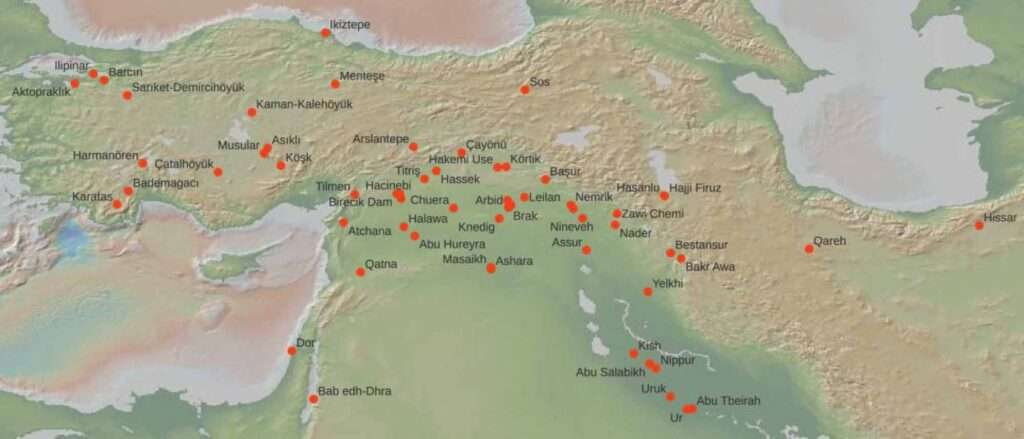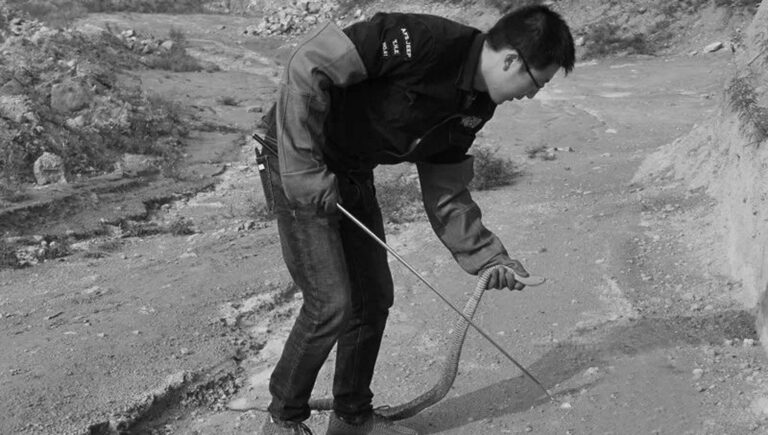A lack of legal frameworks in the disorganised first cities to be built in the Ancient Middle East led to a significant increase in violence between inhabitants, according to researchers who examined thousands of skeletons.
An international panel of scientists headed by economic historian Joerg Baten from Tuebingen University, in the German state of Baden-Wuerttemberg, studied 3,539 skeletons from the region that today covers Iran, Iraq, Jordan, Syria, Lebanon, Israel, Palestine and Turkey.
The experts checked the remains stemming from 12,000 BC to 400 BC for bone trauma which could only have occurred through violence.
They determined a sharp rise in violent deaths which only declined when laws and centralised administration were introduced in the Early and Middle Bronze Age between 3,300 BC and 1,500 BC.
Intensified trade and multi-faceted cultural developments also helped to reduce violence in the first cities of Mesopotamia and the Middle East, according to the scientists.
In a statement from 10th October obtained by Newsflash, study leader Prof Dr Baten said: “The ratio of interpersonal violence – i.e. of murder – peaked in the period of 4,500 to 3,300 years BCE and then fell back again over the course of the next 2,000 years.
“The rate of violence only reduced significantly once legal systems, a centrally controlled army, and religious institutions such as religious festivals developed.”
He added: “With the climate crisis, growing inequality and the collapse of important states in the Late Bronze Age and Early Iron Age (1,500 – 400 BCE), violence increased once more.”

Tuebingen University spokesman Tilman Woertz said: “The period was characterised by such fundamental changes in human history as the development of agriculture, leaving behind the nomadic lifestyle, and the building of the first cities and states.”
Woertz explained: “The proportion of violent deaths, identifiable by cranial trauma and injuries from weapons (e.g. arrowheads in skeletons), is a common benchmark used to assess interpersonal violence.”
There was an immense rise in trade in the region in the Early and Late Bronze Age when clay tablets with wedge-shaped scripts were used as delivery notes and invoices.
Barcelona University archaeologist Giacomo Benati, who also participated in the study, explained: “The greater security in this period was initially possible even despite declining agricultural yields and a growing inequality in incomes in the Middle Bronze Age.”
Benati added that the collapse of many advanced civilisations in the Late Bronze Age had been another turning point.
He said: “At this stage, around 1,200 BCE, there was also a climate catastrophe lasting 300 years, associated with migratory movements. This again led to an increase in the ratio of violent deaths.”
Research into the subject has been divided into two camps.
Some scientists are convinced that there has been a steady reduction in violence from the era of hunter-gatherer societies to today.
Other experts consider the development of cities and centralised power as preconditions for wars and massive use of violence in general which has continued since then.
The researchers from the higher education institutions in Tuebingen, Barcelona, Spain, and the Polish capital Warsaw are convinced that their study provides a more nuanced picture.
The study was published in the British weekly scientific journal ‘Nature’ on Monday, 9th October.
To find out more about the author, editor or agency that supplied this story – please click below.
Story By: Thomas Hochwarter, Sub-Editor: Marija Stojkoska, Agency: Newsflash
The Ananova page is created by and dedicated to professional, independent freelance journalists. It is a place for us to showcase our work. When our news is sold to our media partners, we will include the link here.




